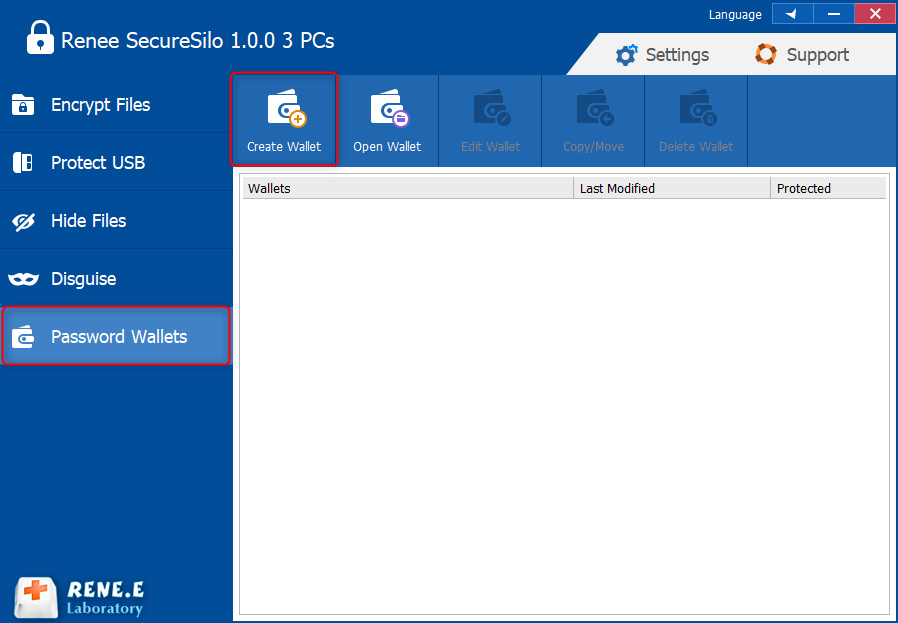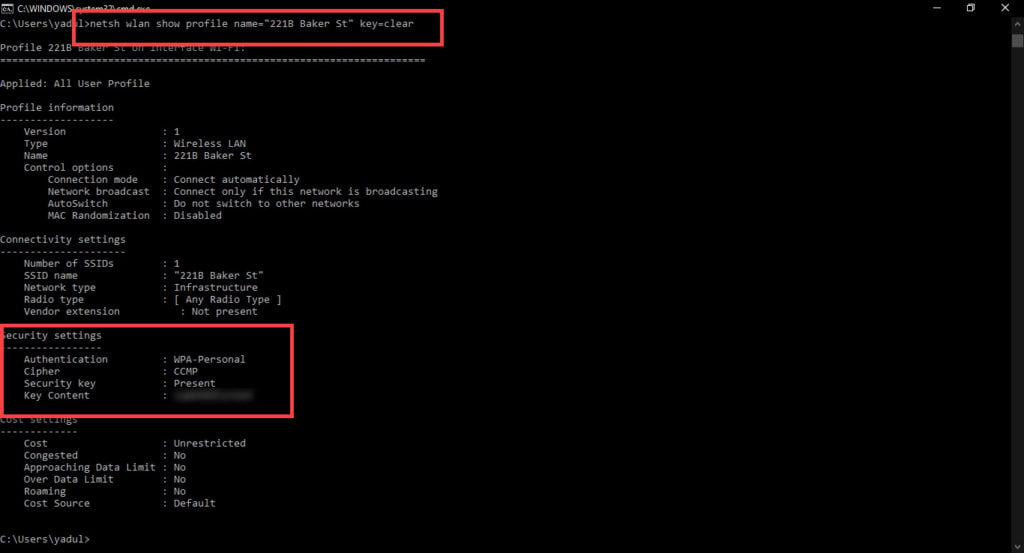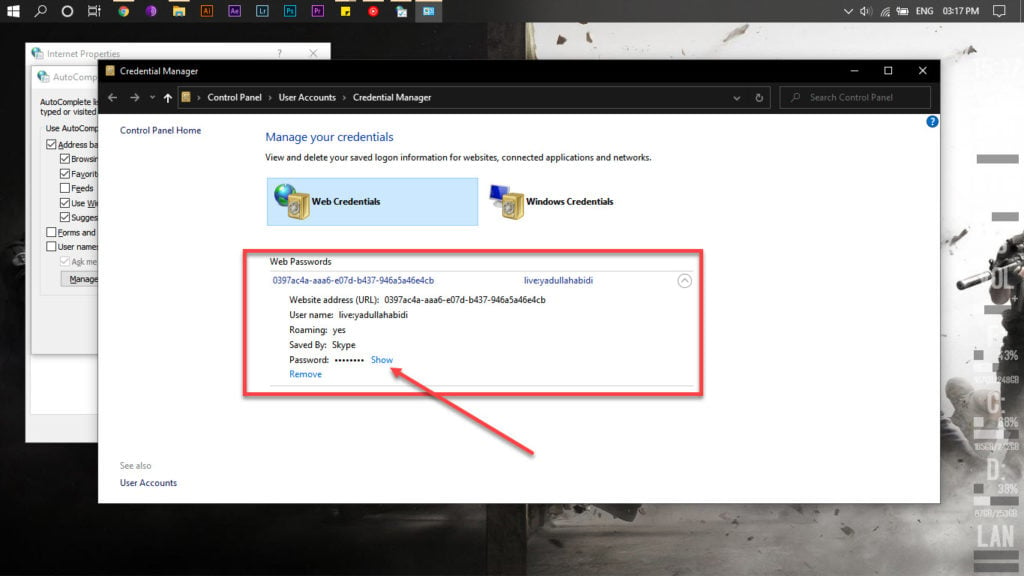

- #WINDOWS 10 MANAGE PASSWORDS INSTALL#
- #WINDOWS 10 MANAGE PASSWORDS PASSWORD#
- #WINDOWS 10 MANAGE PASSWORDS PROFESSIONAL#
- #WINDOWS 10 MANAGE PASSWORDS FREE#
Microsoft notes that users may need to re-enter missing passwords one more time before it is saved again. Bottom Line: KeePass is a free, open-source password manager that lets you add the features you want from a library of plug-ins, but its interface is.
#WINDOWS 10 MANAGE PASSWORDS INSTALL#
These are also collected in the Windows 10 Credentials Manager which is a way to back up all passwords on the entire System if you want, export or import it to a new install or reinstall. Locate the task in the Window (HP Customer participation), or other task from the Windows PowerShell output. Each browser saves its own passwords which you can interact to allow or disallow, or turn it off in Settings.In the Windows 10 Search box, type Task Scheduler and then open the Task Scheduler app.The password manager is available for Windows, macOS, iOS, and Android.
#WINDOWS 10 MANAGE PASSWORDS FREE#
Next, go to Windows Task Scheduler and disable any tasks you found from the above command. Another name in the list of the best free password manager is Sticky Password.

#WINDOWS 10 MANAGE PASSWORDS PROFESSIONAL#
Professional hackers can quickly find your birthday or your pet’s name online. Norton Identity Safe is a free app that helps you to manage your passwords. To create a secure, safe password, you should: Avoid personal information. The better your password, the less likely a cybercriminal will be able to hack it. Credential Manager, which is built into Windows, acts as a digital library that automatically stores your login details (username and password) to the. Until Microsoft delivers a fix, its recommended workaround involves right-clicking the Windows 10 Start Button and selecting Windows PowerShell (Admin). The Credentials Manager could also be opened from the Control panel to see the saved passwords. It’s paramount to have a complex and unique password. That is used to derive your DPAPI User Encryption Key, so it changes and no longer works."

While keeping all your login information safe is certainly a plus, a password manager can also store and auto-fill information like your address, phone number, and credit card. When prompted, authenticate yourself to the operating system to get access to the password information. Next to the password you want to change, select More actions, and then select Edit. "The bug is the RPC UBPM (Unified Background Process Manager) uses to create the S4U (Services For User) Token for task scheduler will sometimes clobber your saved credentials in LSASS. If you opt to use a suggested password, the manager will automatically store it for you. Go to Settings and more > Settings > Profiles > Passwords. If you've seen apps losing state, eventid 8198, or NTE_BAD_KEY_STATE, could be this.

A specific type of scheduled task can break CryptUnprotectData(). "I got so annoyed I spent my weekend debugging it. Googling for a few days every combination of the problem I can think of but can't seem to find a reasonable solution."I've been experiencing a really bad Windows 10 bug since the 2004 update," wrote Ormandy. However I am certain I am not the first user to ever want to change a user's password remotely without wanting to scorched earth their Credential Manager and Secrets. I know that on Windows 10 by design it seems that unless a user themself triggers a command via the CTRL+ALT+DEL Password Change screen, then when the password is changed, the Credentials saved and associated secrets are wiped from existence. The goal is to be able to remotely change the password of an individual user account on a Windows 10 machine without the user losing access to their saved credentials in the Credential Manager. Currently, I use Ansible, but I am not opposed to any other tool. I wish to be able to automate some PCs I manage.


 0 kommentar(er)
0 kommentar(er)
